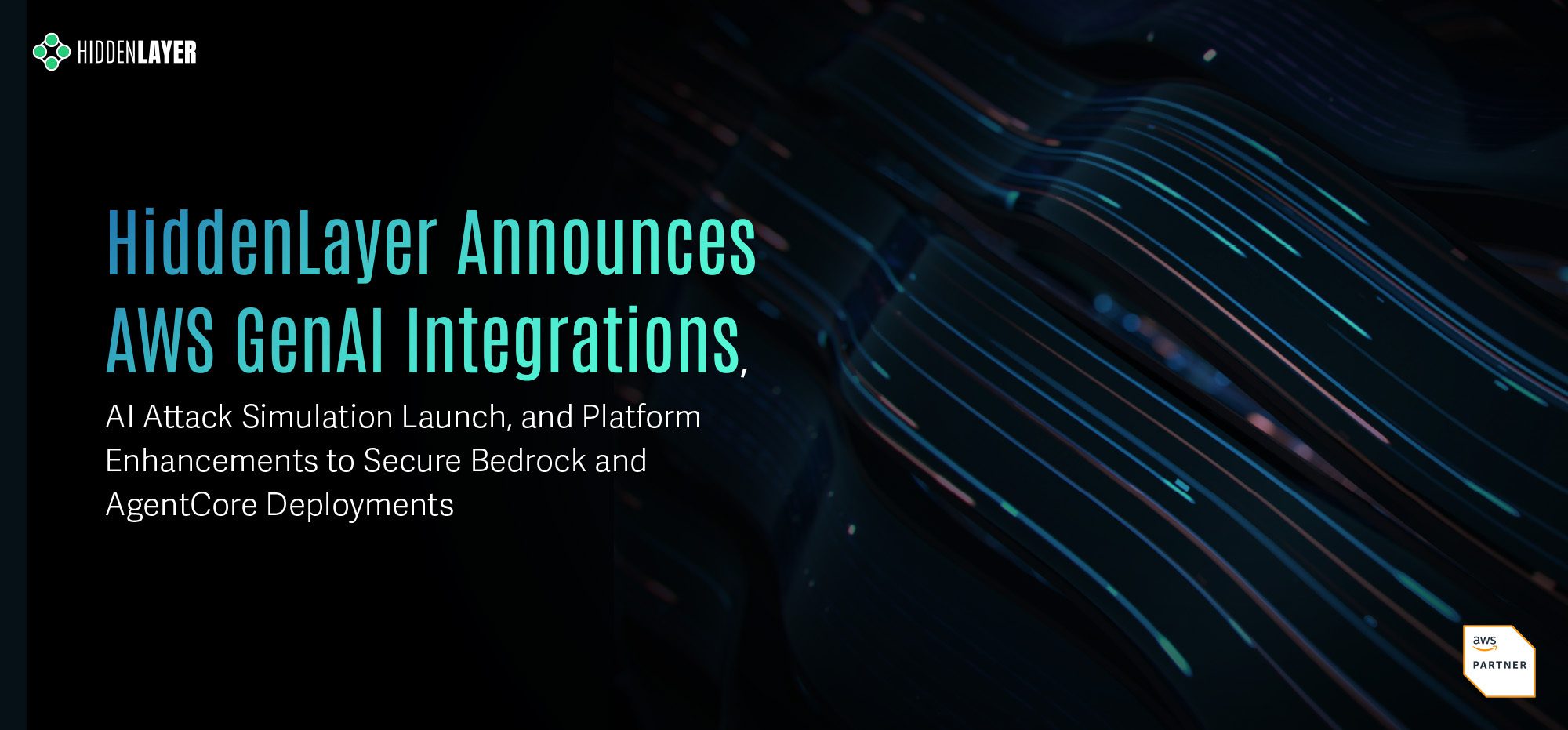Anthropic’s recent disclosure proves what many feared: AI has already been weaponized by cybercriminals. But those incidents are just the beginning. The real concern lies in the broader risk landscape where AI itself becomes both the target and the tool of attack.
Unlimited Access for Threat Actors
Unlike enterprises, attackers face no restrictions. They are not bound by internal AI policies or limited by model guardrails. Research shows that API keys are often exposed in public code repositories or embedded in applications, giving adversaries access to sophisticated AI models without cost or attribution.
By scraping or stealing these keys, attackers can operate under the cover of legitimate users, hide behind stolen credentials, and run advanced models at scale. In other cases, they deploy open-weight models inside their own or victim networks, ensuring they always have access to powerful AI tools.
Why You Should Care
AI compute is expensive and resource-intensive. For attackers, hijacking enterprise AI deployments offers an easy way to cut costs, remain stealthy, and gain advanced capability inside a target environment.
We predict that more AI systems will become pivot points, resources that attackers repurpose to run their campaigns from within. Enterprises that fail to secure AI deployments risk seeing those very systems turned into capable insider threats.
A Boon to Cybercriminals
AI is expanding the attack surface and reshaping who can be an attacker.
- AI-enabled campaigns are increasing the scale, speed, and complexity of malicious operations.
- Individuals with limited coding experience can now conduct sophisticated attacks.
- Script kiddies, disgruntled employees, activists, and vandals are all leveled up by AI.
- LLMs are trivially easy to compromise. Once inside, they can be instructed to perform anything within their capability.
- While built-in guardrails are a starting point, they can’t cover every use case. True security depends on how models are secured in production
- The barrier to entry for cybercrime is lower than ever before.
What once required deep technical knowledge or nation-state resources can now be achieved by almost anyone with access to an AI model.
The Expanding AI Cyber Risk Landscape
As enterprises adopt agentic AI to drive value, the potential attack vectors multiply:
- Agentic AI attack surface growth: Interactions between agents, MCP tools, and RAG pipelines will become high-value targets.
- AI as a primary objective: Threat actors will compromise existing AI in your environment before attempting to breach traditional network defenses.
- Supply chain risks: Models can be backdoored, overprovisioned, or fine-tuned for subtle malicious behavior.
- Leaked keys: Give attackers anonymous access to the AI services you’re paying for, while putting your workloads at risk of being banned.
- Compromise by extension: Everything your AI has access to, data, systems, workflows, can be exposed once the AI itself is compromised.
The network effects of agentic AI will soon rival, if not surpass, all other forms of enterprise interaction. The attack surface is not only bigger but is exponentially more complex.
What You Should Do
The AI cyber risk landscape is expanding faster than traditional defenses can adapt. Enterprises must move quickly to secure AI deployments before attackers convert them into tools of exploitation.
At HiddenLayer, we deliver the only patent-protected AI security platform built to protect the entire AI lifecycle, from model download to runtime, ensuring that your deployments remain assets, not liabilities.
👉 Learn more about protecting your AI against evolving threats




